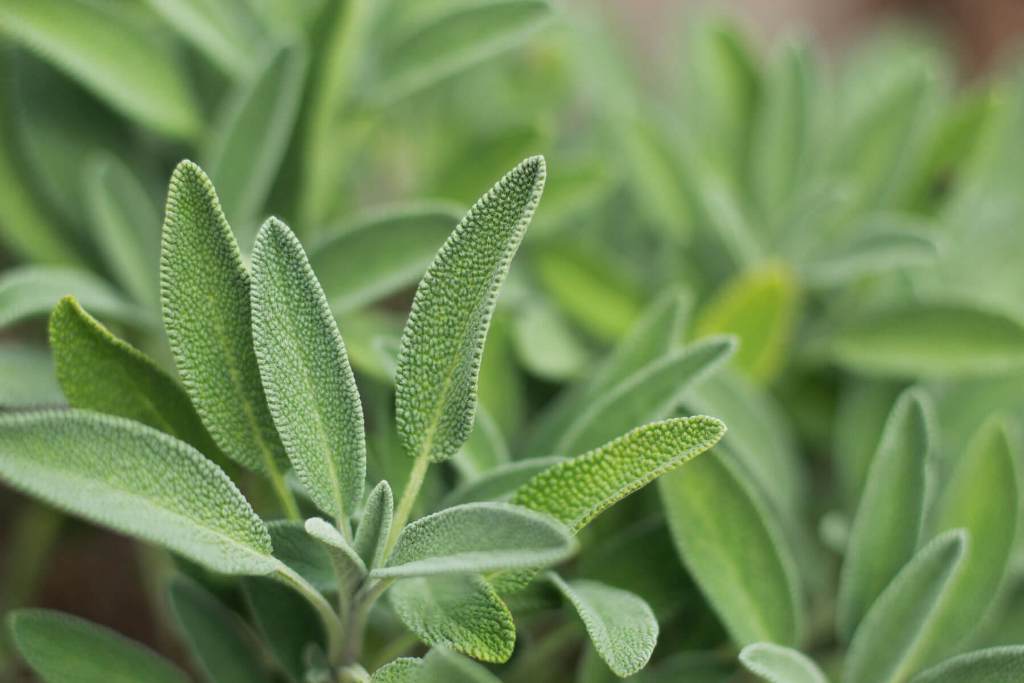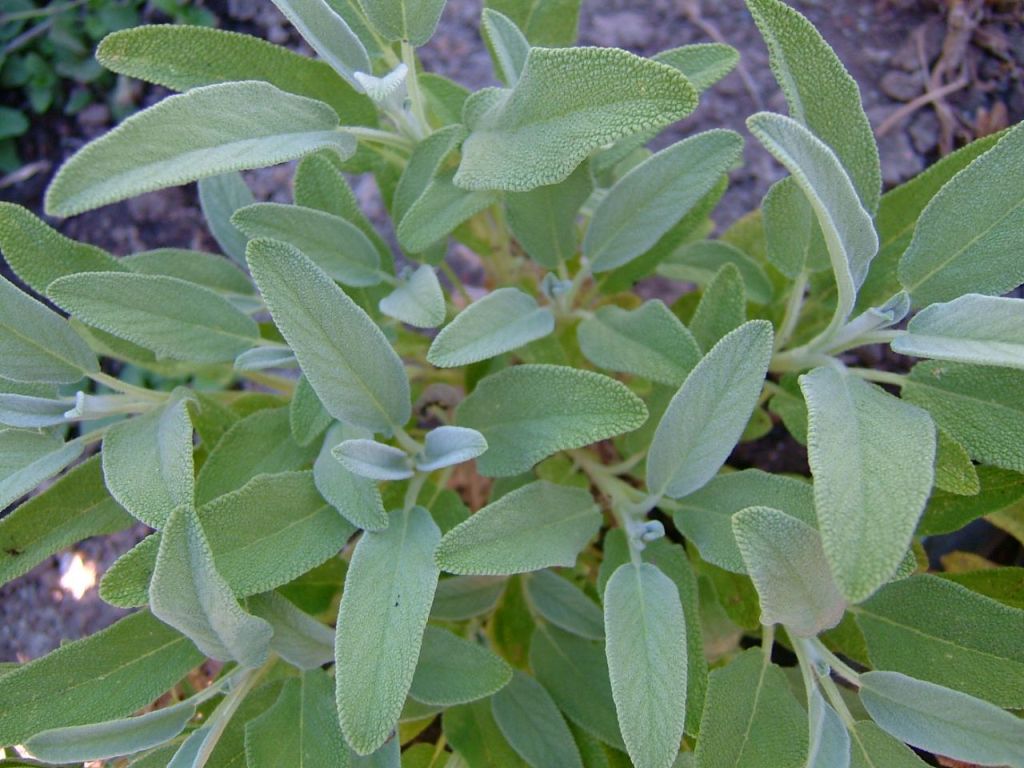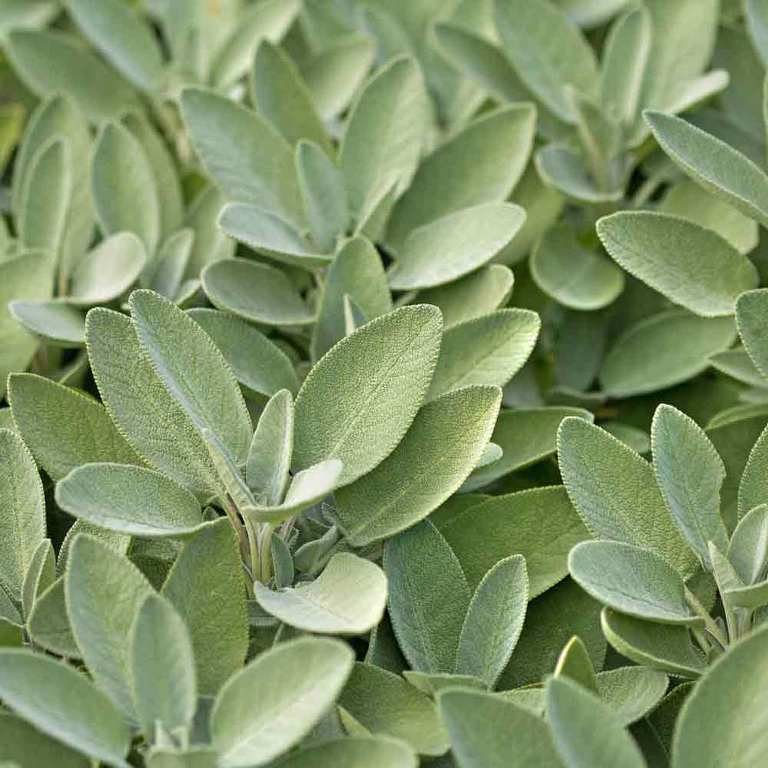How to Grow and Care for Sage Plant

Salvia officinalis, popularly known as Sage, is a perennial herb shrub with blue and purplish flowers and woody stems with gray leaves. The plant belongs to the mint family and is native to the Mediterranean region. The plant has a history of medicinal properties and is now also used as an ornamental plant for its big flowers. It has many other names such as the common garden, or golden Sage. The plant is variable in size and color and has fresh and round green leaves with big, bell-shaped flowers.
How to Grow Plant Sage Plant

The plants need full-sun to grow well and healthy. As the plant cannot tolerate a lot of moisture, it is best to give it less water. The plant should be planted in well-draining soil during the summer. As the plant is evergreen, it requires much lesser water and can easily survive extreme conditions. It is best to plant the Sage from a sapling as it takes time and much care to grow out from the seed itself. The plants should be placed at least 2 feet apart, considering margin for growth and spread. The plant can grow from anywhere between 12-30 inches in height. It can be harvested up to three times a year.
How to Care for Your Sage Plant

A few important thighs to remember while caring for our plant so that it grows out well is:
- Regulating watering during the initial growing stage and avoiding overwatering.
- Regular pruning and pulling out of weed.
- After every few years, the plants must be replaced for the best results.
Benefits of Using Sage
The Sage boats of many health benefits, having a strong and aromatic flavor, while also having other benefits as follows:
- The plant is good for digestion and helps in making herbal medicine for digestive issues, including loss of appetite, gas, gastritis, diarrhea, bloating, and heartburn, and helps reduce high cholesterol levels.
- The herb is good for improving cognitive functions and helps as a drug for Alzheimer’s, Depression, etc.
- The herb medicine helps relieve menstrual pain, controls milking immediately after pregnancy, and helps cope with hormonal changes during menopause.
- Its medicinal properties also help cure skin ailments by providing a cooling effect on sores, when directly applied to the skin. It is full of antioxidants which helps in improving skin health.
- Sage is used as a common spice in food and may help control high blood sugar levels.
To keep your Sage alive indoors, it is important to place it in a small pot and have soil that holds a little moisture. Place the pot in a warm spot that possibly receives sunlight for some part of the day, placing it in a room with a humidifier also works for these plants. Do not overwater the soil. It is best to grow the Sage indoors during the winter.
In order to use the Sage for culinary purposes, it is best to let the flowers bloom on the plant. The flowers are directly used in salads and can also be dried for medicinal purposes. The leaves of the plant are even useful, but it is best to harvest only after flowering to avoid degrading the health of the plant.
A potted Sage can be easily pruned using sharp scissors or a blade. But the stems or branches to a length of at least 4-6 inches. It is best to cut back the stems of your plant when new growth arrives to keep it in good health for longer. If you allow it to grow very tall, the bottom leaves will dry out and be damaged.





